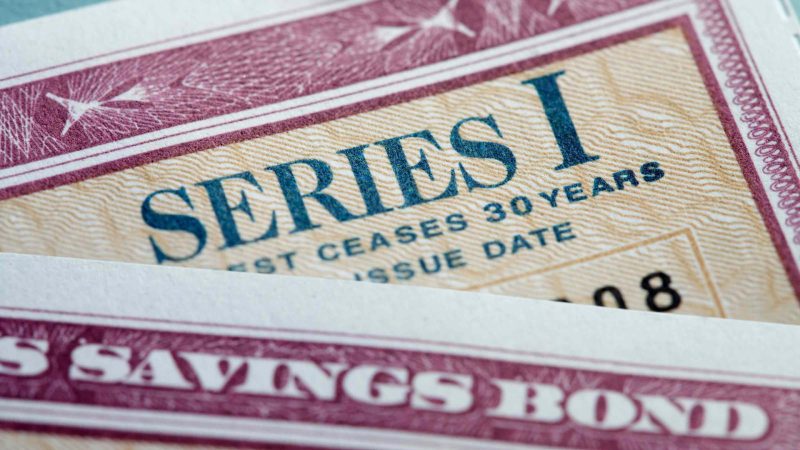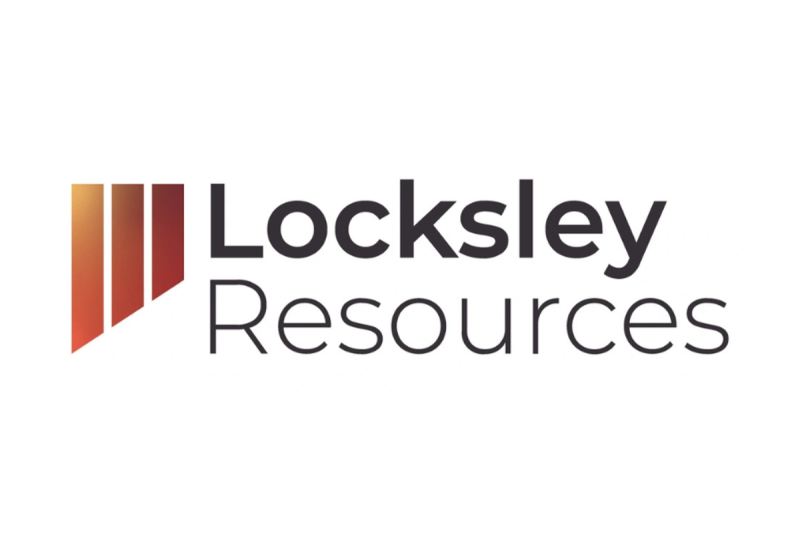Is High-Yield Savings Account Interest Taxable?

Rates on high-yield savings accounts are still high, with some offering up to 5%. If you plan to take advantage of high interest rates this year, you might be wondering if your high-yield savings account interest is taxable.
The answer is yes, but these types of accounts can offer the potential for significant savings, so don’t let that discourage you from opening one.
Here’s what you need to know.
High-yeld savings vs. regular savings
Before diving into an explanation of how interest income from your savings account is taxed, it’s good to know the difference between a regular savings account and a high-yield savings or high-interest savings account.
But because you are earning more interest income from a high-yield savings account, the amount that is subject to tax is typically greater.
However, you are also earning more money on your savings in what is usually an FDIC-insured account. So consider the pros and cons of having some of your money in a high-yield savings account.
How savings account interest is taxed
While you won’t owe taxes on the principal account balance in your savings account, any savings account interest earned is considered taxable income.
The IRS taxes interest from high-yield savings accounts (and traditional interest-bearing savings accounts) at the same rate they tax other income (e.g., from your job). Any money you accumulate in interest is added to your other taxable income.
There is some good news, though. Since the IRS adjusts federal income tax brackets each year for inflation, you could pay a lower tax rate for 2025 than you paid last year.
So, for example, let’s say that you earned $10,000 in interest income and your marginal tax rate is 22% based on your 2025 federal income tax bracket. Using that information, the tax on your savings account interest would generally be $2,200.
On the other hand, if you have $20,000 in your high-yield savings account and earn 3.75% interest, you would not be taxed on the $20,000, which is your savings account principal balance. Instead, you would only be taxed on the 3.75% you earned in interest.
Note: Some people might be subject to an additional tax called the Net Investment Income Tax (NIIT). NIIT is currently a 3.8% tax on capital gains, rental property income, and dividend income for filers with higher incomes.
Here are the federal marginal tax rates for the 2025 tax year (for taxes filed in early 2026).
| Tax Rate | Single | Head of Household | Married Filing Jointly |
| 10% | Up to $11,925 | Up to $17,000 | Up to $23,850 |
| 12% | $11,926 to $48,475 | $17,001 to $64,850 | $23,851 to $96,950 |
| 22% | $48,476 to $103,350 | $64,851 to $103,350 | $96,951 to $206,700 |
| 24% | $103,351 to $197,300 | $103,351 to $197,300 | $206,701 to $394,600 |
| 32% | $197,301 to $250,525 | $197,301 to $250,500 | $394,601 to $501,050 |
| 35% | $250,526 to $626,350 | $250,501 to $626,350 | $501,051 to $751,600 |
| 37% | More than $626,350 | More than $626,350 | More than $751,600 |
How much savings account interest income is taxable?
All of your high-yield savings account interest is taxable. Your financial institution will send you a Form 1099-INT once you earn more than $10 in interest.
However, the IRS still requires that you report any savings interest earned, even if the amount you earn is under the ten-dollar threshold. You report savings account interest income on your tax return in the year it is earned.
Note: You might also need to pay income tax on interest earned at the state level. Most states consider interest from high-yield savings accounts taxable.
How to avoid tax on savings account interest
You can’t avoid federal income tax on high-yield savings account interest — if you earn more than $10 — but it is possible to avoid tax on other types of savings accounts. However, avoiding tax may limit how you can spend your earnings. Here are a few ways a savings account can accrue interest tax-free.
Education Savings Account: Interest from Series EE or I bonds may not be taxable when used to pay for qualifying education expenses. Additionally, interest earned from a 529 savings plan may not be taxable when earnings are withdrawn to pay for qualified expenses.
Health Savings: A health savings account (HSA) can earn interest. This interest is tax-free (and so is the money you contribute) as long as you use it to pay for qualified health expenses. Just make sure you don’t exceed your HSA contribution limit. If you do, you could face penalties.
Retirement Savings: These plans can boost your savings, but there are pros and cons to 401(k)s and IRAs. Interest earned from a traditional IRA or 401(k) isn’t really tax-free, but you might avoid paying any taxes until later. Interest and contributions to these retirement accounts aren’t taxed until you make withdrawals.
Is having a high-yield savings account worth it?
While paying taxes on earned interest is a downside to high-yield savings accounts, don’t let that discourage you from opening one. The positives may very well outweigh the negatives.
Now might be a good time to open a high-yield savings account. Although the Federal Reserve is coming down from a 23-year high, the federal funds rate is still comparable to last year.
And when federal interest rates are high, interest rates on high-yield savings accounts generally are, too. For example, the popular Apple savings account offers an APY of 4.25%, and some banks offer interest rates up to 5%.
A trusted tax professional or financial planner can help you determine whether a high-yield savings account is the right move for you this year. Also, check out Kiplinger’s coverage of the best high-yield savings accounts if you choose that route.







